Introduction
Specifications and Features
Sigma’s new 18-300mm F3.5-6.3 DC MACRO OS HSM C super-zoom is designed for APS-C-format DSLRs, on which it has the equivalent field of view to that of a 27-450mm. The 17-element design incorporates four FLD and one SLD low-dispersion glass elements to minimize color fringing. The new model also adopts a newly-developed sonic-type AF motor HSM or Hypersonic motor as Sigma calls it, and is compatible with the company’s innovative USB dock for firmware updates and focus adjustments.
Available for Canon, Nikon and Sigma mounts with stabilization, and for Pentax and Sony without, the new Sigma 18-300mm F3.5-6.3 DC MACRO OS HSM C focuses to 15.83” (39cm) and measures 3.11 x 4.00” (79 x 101 mm). It weighs 20.6 oz (584g) and is available now for $579.00 (USD).
Measurements: Low chromatic aberration
With a DxO Mark lens score of 13 points and a peak sharpness of 7 P-Mpix on the Nikon D7100, the Sigma 18-300mm F3.5-6.3 is an improvement on earlier offerings, such as the 18-250mm DC OS from a few years back (2009). But the convenience derived from the extended focal range means some trade-off in performance. While the earlier 18-200mm F3.5-6.3 DC OS version from 2007 has higher peak sharpness levels, the new model is a more consistent performer.
Given the larger focal range, that’s quite an achievement, and for a lens like this, it is well-corrected, particularly with regard to distortion and chromatic aberration.
Sigma 18-300mm F3.5-6.3 DC MACRO OS HSM C vs. Tamron 16-300mm F/3.5-6.3 Di II VC PZD MACRO vs. AF-S DX NIKKOR 18-300mm f/3.5-6.3G ED VR: Competitive with third-party rival
Comparing this lens with the Tamron 16-300mm F3.5-6.3 VC PZD Macro (the closest rival with regards to pricing, but with a wider focal range and in a smaller and lighter package), the Sigma is competitive. It has similar peak sharpness, slightly lower distortion and chromatic aberration, but the Tamron pulls ahead on transmission and vignetting — and more importantly, is slightly sharper centrally at the longer end of the zoom range. Nikon’s newer 18-300mm model (with a slightly “slower” f/6.3 maximum aperture instead of the original model with a f/5.6 maximum at 300mm) is the better performer of the two and is the higher quality model in this comparison. It has peak sharpness (at its optimal setting) and is sharper than either at the longer focal lengths. It’s the least accessible of the three, but if you intend to make use of the 200-300mm range, the Nikkor has the edge.
Conclusion
With such an extensive focal range on offer, lenses like this never match the performance of models with less ambitious zoom ranges, but then again, what you’re paying for here is flexibility and convenience. Still, with relatively affordable pricing, stabilization (on the mount test), and a sonic-type AF motor, this all-in-one lens shows a modest improvement over earlier offerings. It also compares favorably with the rival Tamron equivalent, though that model’s wider focal range is difficult to ignore. With a fairly hefty $320 premium, the smaller and lighter Nikkor 18-300mm f3.5-6.3 model offers improved slightly sharpness over the 200-300mm range. But if budget is an issue, then the Sigma remains a solid choice.


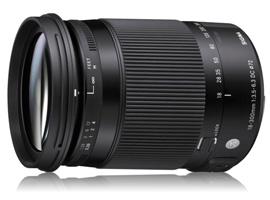



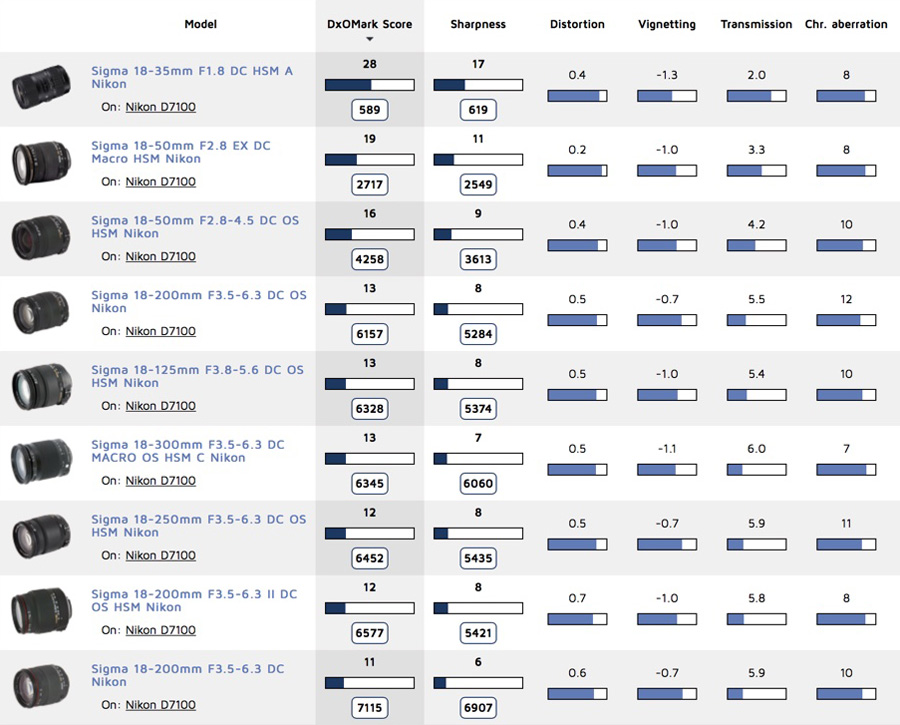
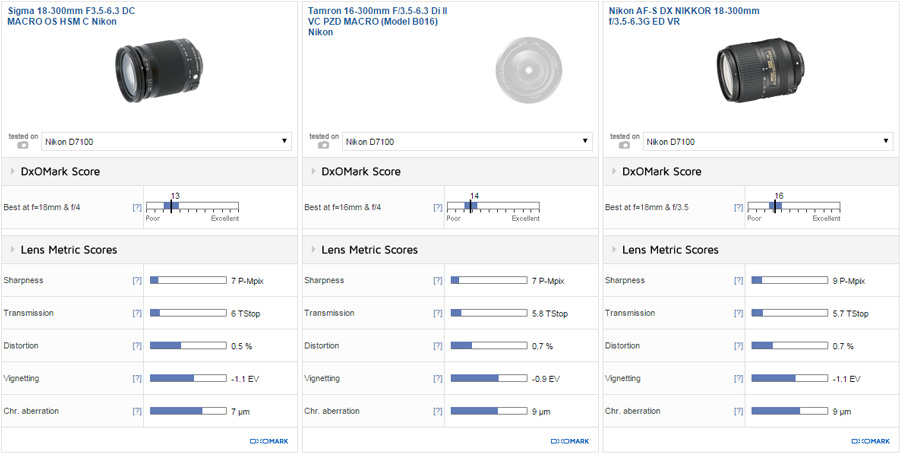
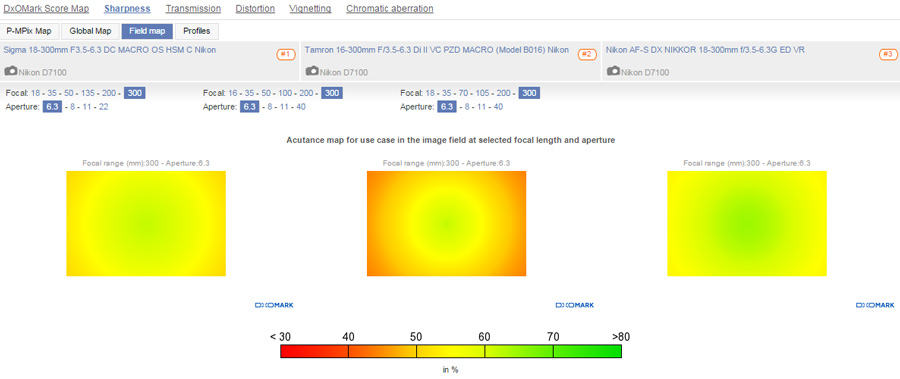
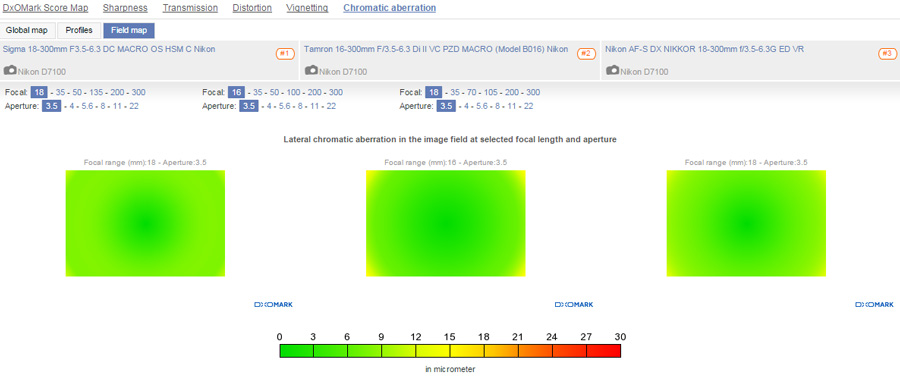
DXOMARK encourages its readers to share comments on the articles. To read or post comments, Disqus cookies are required. Change your Cookies Preferences and read more about our Comment Policy.